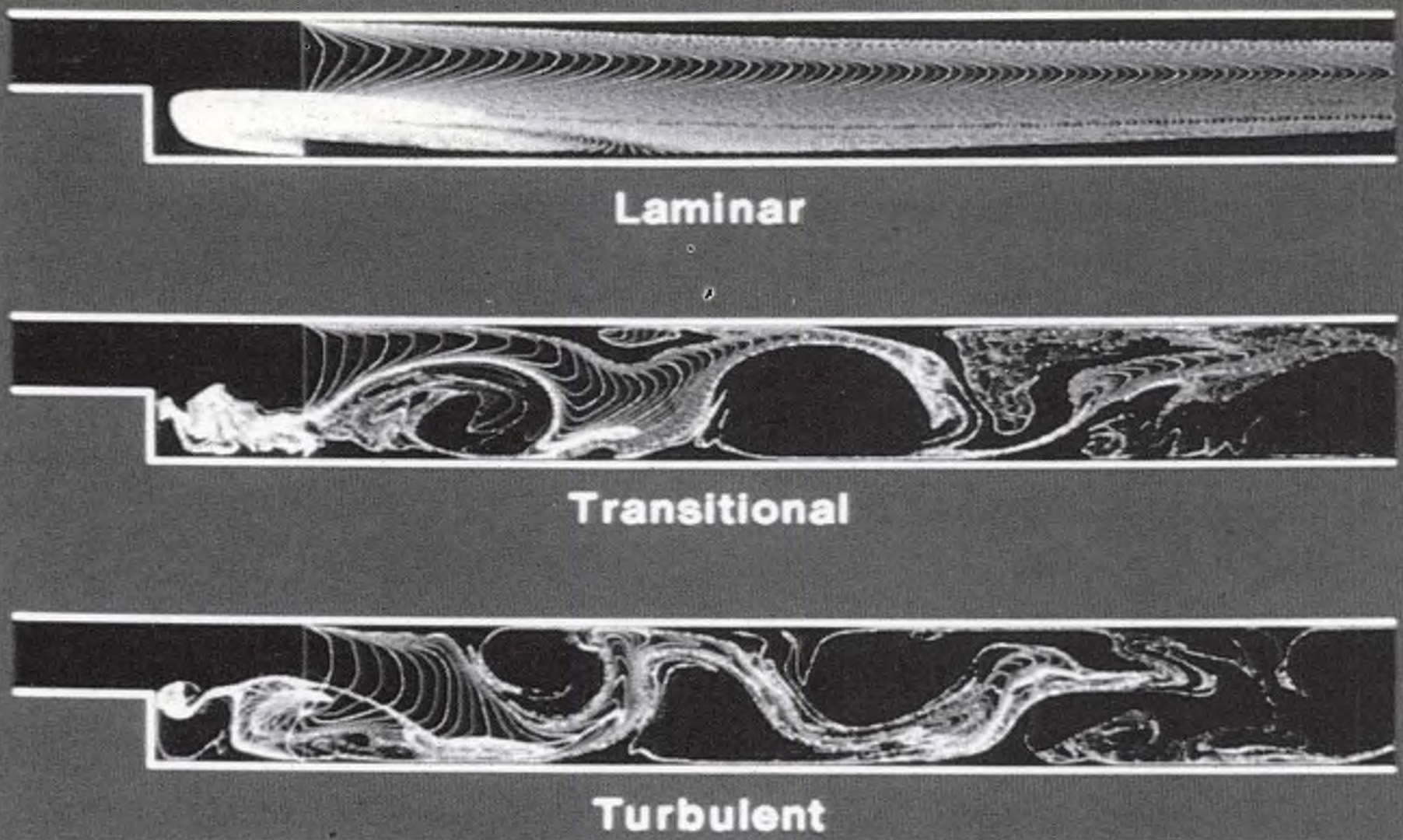“Computer Graphics as Allegorical Knowledge: Electronic Imagery in the Sciences” by Wright
Conference:
Type(s):
Title:
- Computer Graphics as Allegorical Knowledge: Electronic Imagery in the Sciences
Presenter(s)/Author(s):
Abstract:
This informal paper studies the effects of the recent introduction of computer-generated imagery on the practice of science and its function in understanding the world. It intends to introduce the subject of computerized visualization for scientific purposes into a wider debate, to show the diversity of issues involved-scientific, cultural and philosophical-and to build a context in which they can be critiqued. The author seeks to show the variety of scientific imaging and its influences on scientific knowledge; as both experiments and results are increasingly expressed in terms of imagery, the image assumes an integrity of its own and the object to which it refers becomes obscured. This leads to a shift of focus away from abstract theory as the embodiment of knowledge to the ascension of an allegorical image-based science with computer graphics as its natural language.
References:
B. H. McCormick et al., eds. “Visualization in Scientific Computing,” Computing 21, No. 6 (November 1979).
R. S. Wolff, “Visualization in the Eye of the Scientist,” Computers in Physics (May/June 1988) pp. 16-26.
T. Kuhn, The Structure of Scientific Revolutions (Chicago: University of Chicago Press, 1962).
R. L. Gregory, Eye and Brain (London: Weidenfeld and Nicholson, 1979).
C. Blakemore and G. G. Copper, “Development of the Brain Depends on the Visual Environment,” Nature 228 (1970) pp. 477-478.
F. De Bono, New Think (New York: Basic Books, 1968).
H. O. Peitgen and R. P. Richter, “Frontiers of Chaos,” The Beauty of Fractals (New York: Springer-Verlag, 1986).
Software Technology Group, IBM (UK) Scientific Centre, Winchester,
J. Darius, “A Concise History of Scientific Photography,” Beyond Vision (Oxford: Oxford University Press, 1984).
R. Barthes, On Photography, 1980, in The Grain of the Voice (London: Cape, 1985).
J. E. Hochberg, “Effects of the Gestalt Revolution: The Cornell Symposium on Perception,” 1957,in D. C. Beardslee and M. Wertheimer, Readings in Perception (New York and London, 1958).
F. Atteneave, “Multistability in Perception,” 1971, in R. Held, ed. Image, Object and Illusion. Readings from Scientific American (San Francisco: W. H. Freeman and Company, 1974).
K. A. Frenkel, “The Art and Science of Visualizing Data,” Comm of the ACM 31, No. 2, 111-121 (1988).
Journal of Molecular Graphics (London: Butterworth). Almost any issue will suffice.
P. J. Davis and R. Hersh, The Mathematical Experience (London: Pelican Books, 1983).
A. Fournier, “Prolegomenon,” in A. Fournier, ed., The Modelling of Natural Phenomena, SIGGRAPH ’87 Course Notes No. 16 Anaheim, CA, July, 1987. pp. 4-37.
R. L. Devaney, Introduction to Chaotic Dynamical Systems (Menlo Park: Benjamin-Cummings, 1986).
See [14].
S. Wolfram, “Computer Software in Science and Mathematics,” Scientific American 251, No. 3, 85-93 (September 1984).
K. L. Tse and R. W. Whitty, “The Mathematics of Calibration,” 1989. To be published in J. Johnson, ed. The Mathematical Revolution Inspired by Computing, Conference Proceedings of the Institute of Mathematics and Its Applications (IMA), Brighton, April 1989.
F. Piper, “Cryptography, the Catalyst,” to be published in Johnson, ed. [20].
C. Upson, chair, “The Physical Simulation and Visual Representation of Natural Phenomena,” Technical Panel Session, Proceedings of SIGGRAPH ’87, pp. 335-336.
J. F. Lyotard, The Postmodern Condition. A Report on Knowledge (Manchester: Manchester University Press, 1984).
See [1].
I. Lakatos and A. Musgrave, eds., Criticism and the Growth of Knowledge (Cambridge: Cambridge University Press, 1970).
G. Galilei, “The Assayer,” 1623, in S. Drake, Discoveries and Opinions of Galileo (New York: Doubleday, 1957), pp. 111-121.
L. Yaeger and C. Upson, “Combining Physical and Visual Simulation–Creation of the Planet Jupiter for the Film 2010, Proceedings of SIGGRAPH ’86 Computer Graphics 20, No. 4, pp. 85-93.
J. Powers, Philosophy and the New Physics (London: Metheun and Co., Ltd., 1982).
A. Wolfe, “The Visualization Round Table,” Computer in Physics (May/June 1988) pp. 16-26.
See [25].
P. Feyerabend, Against Method (London: New Left Books, 1975).





